The very first thing you need to do is to clean up the drive so the gears mesh properly with no wobble. One way to do that is to drill and ream the existing bore of the larger spur gear to accept a bushing with an OD which will give a slip fit in the spur gear's new bore and an ID which will give a slip fit around the music box movement's input shaft. There also needs to be a radial hole in the bushing which will allow the spur gear's set screw to secure the spur gear to the shaft with the bushing interposed between them.
Since what you have already has enough torque to drive the badly misaligned gears as well as the variable load of the music box movement, it seems pointless to change the motor or the gearing when all you need to do is to control the motor speed - without compromising its torque - by using a pulse-width modulated (PWM) motor driver.
In essence, what'll happen with PWM is that you'll use the 4.5 volt source to drive the motor, maintaining its output torque, but you won't leave it on all the time.
For example, if the motor turns at 60 RPM with 4.5 volts across it 100% of the time, it'll turn at 30 RPM with 4.5 volts across it 50% of the time but because you're not limiting the voltage into the motor with a resistor or suchlike, during whatever time it's on it'll output full torque, just what you want.
A simple PWM circuit in hardware is shown, following, with the duty cycle adjustable between about 1% and 99%, and the frequency adjustable by changing the value of C1.
The LTspice circuit list is here if you want to play with the circuit.

